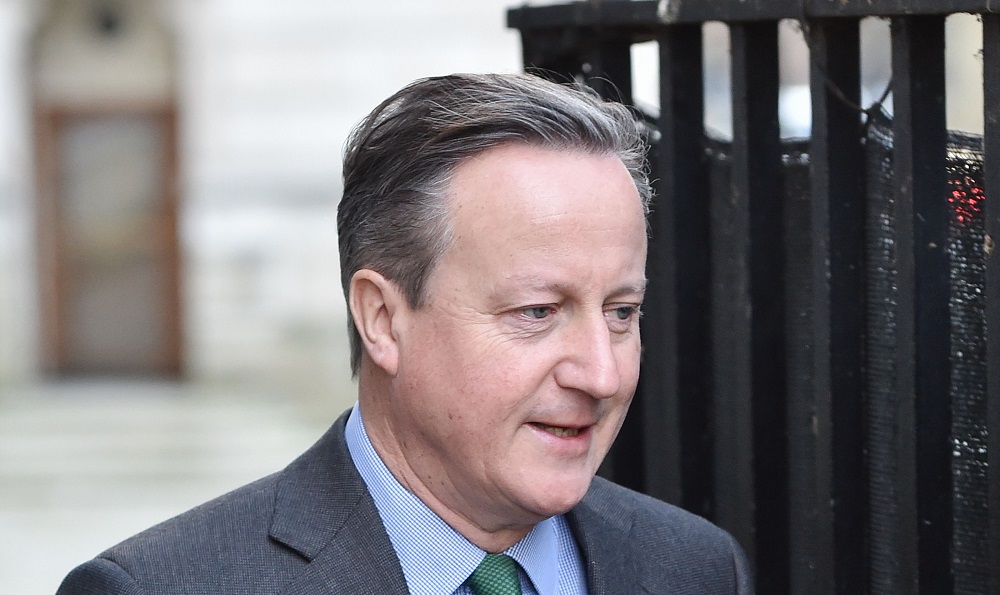The two-decade transformation of the industrial site north of King’s Cross station in London, once notorious, now a pleasant enclave of offices, homes, shops, bars and boulevards, is essentially complete. It’s a huge success – and yet is there something missing?
The near quarter-century, kilometre-long, 67-acre project to redevelop King’s Cross in London is a monument of its age. It is the urban embodiment of the Blair era in which it was conceived, of the third way, of the idea that market forces, wisely guided by light-touch government, can be a power for good. It will get into the history books about cities (if such things are written in the future), representing its time in the same way that John Nash’s Regent’s Park represents the Regency and the Barbican represents the 1960s.
The architects of its masterplan, Allies and Morrison and Demetri Porphyrios, have now submitted it for this year’s RIBA awards programme, which could get it on to the shortlist for the Stirling prize. This means that, although there is construction still to be done, not least on the Google headquarters, they consider the essential concept of the masterplan complete. Cadence, a residential building by Alison Brooks Architects, which occupies a culminating point at one end of the site, is also, bar some snagging, finished. Somewhat shockingly, of more than 30 practices commissioned on the site, Brooks is the first one with a woman’s name in its title.





